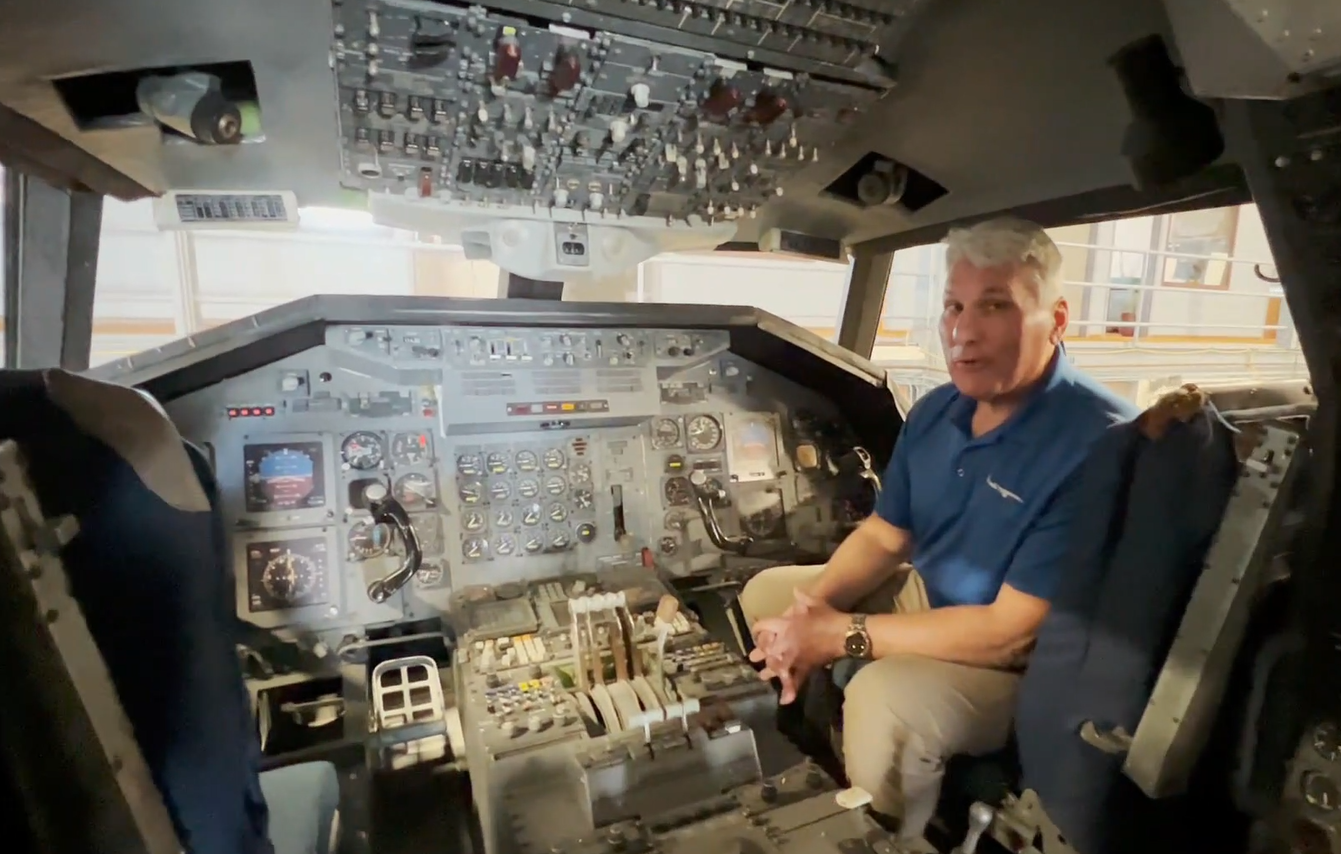Trade war sees air freight enter 2019 with three-year low
08 March, 2019
3 min read


Falling demand saw global air freight start 2019 with its worst growth performance in three years as airlines warned there was little prospect of a quick rebound unless protectionism and trade tensions diminish.
Global air freight demand, often seen as the canary in the mine when it comes to the global economy, fell 1.8 percent compared to the start of 2018. The Middle East (down 4.5 percent) and the Asia-Pacific (down 3.6 percent) were particularly hard hit.
READ: Airbus starts talks on redeploying up to 3,500 A380 workers.
Only North America and Africa showed demand increases, with freight tonne kilometres increasing 3.3 percent and 1 percent, respectively. Demand in Latin America remained flat.
The International Air Transport Association said significant headwinds for air cargo included weakening global economic activity and consumer confidence.
It attributed the big Asia-Pacific fall to weaker manufacturing conditions for the region’s exporters, ongoing trade tensions and the slowing of the Chinese economy.
The Middle East had been affected by a decline in stronger trade between Europe and Asia.
International Air transport Association director general Alexandre de Juniac said the January contraction was a worsening of a weakening trend that started in mid-2018.
“Unless protectionist measures and trade tensions diminish there is little prospect of a quick rebound,” he said.
Contrasting was a strong start to 2019 for global passenger demand up 6.5 percent compared to January 2018.
This was the fastest growth in six months and saw load factors inch up 0.1 percentage points to 79.6 percent.
Overall growth was particularly strong in the Asia-Pacific, which recorded an above-trend 8.5 percent boost, and Europe, which was up 7.4 percent.
North America was up 5.2 percent, Latin America rose 4.8 percent and Africa 3,7 percent while the Middle East lagged the field at 1.5 percent.
De Juniac said 2019 had started on a positive note.
“However, market signals are mixed, with indications of weakening business confidence in developed economies and a more nuanced picture across the developing world,” he said.
A breakdown of the figures showed international passenger demand started the year up 6 percent. All regions recorded growth, with Europe in the lead and the Middle East in the last place.
Domestic traffic climbed 7.3 percent, thanks to the usual double-digit increases in China, India and Russia, but was outpaced slightly by an increase in capacity.
Australia and Brazil reported the lowest growth in a basket of countries highlighted by IATA, each rising just 0.3 percent.
But a 0.5 percent fall in Australian capacity still saw the passenger load factor rise 0.6 percentage points to 78.9 percent.
Next Article
2 min read
Qantas triples profit but misses mark

Get the latest news and updates straight to your inbox
No spam, no hassle, no fuss, just airline news direct to you.
By joining our newsletter, you agree to our Privacy Policy
Find us on social media
Comments
No comments yet, be the first to write one.
